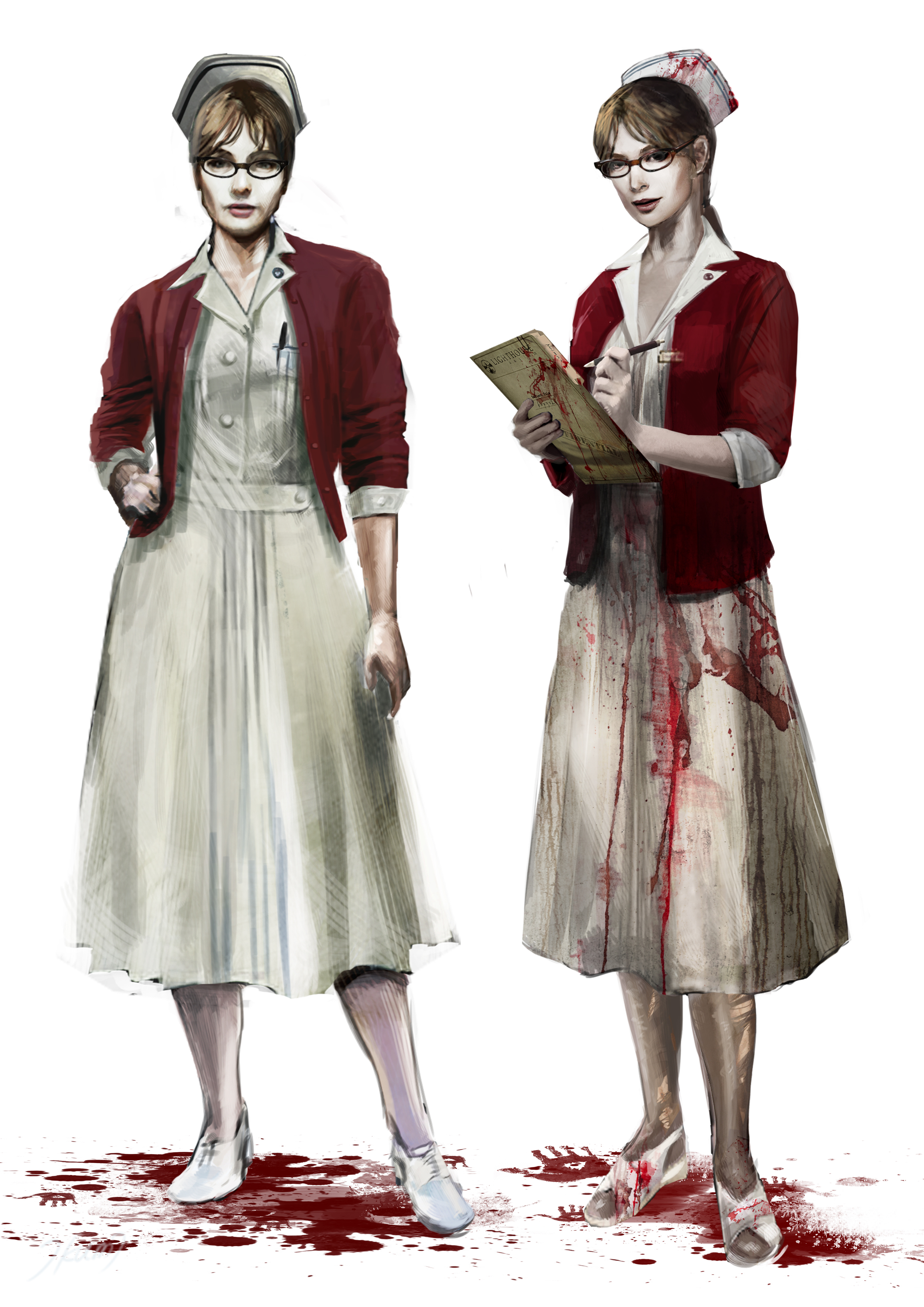What lies beneath: the scare tactics behind The Evil Within
'If you were to compare it to Resident Evil, it would probably be somewhere between 1 and 4'
TR: 30fps might be seen by some people as a limitation to the realism, opting for a more cinematic but less immersive experience. What do you think?
SM: I think that that's normally the case, yes. For this project, the cinematic experience was a high priority for us, leaving us with no choice but to give up on 60FPS. The only unique benefit of 30FPS is that it has a sort of roughness that feels a bit strange, and that can work in the game's favour by adding a bit to the feeling of horror.

TR: How much of what you've done with sound and lighting was driven by your studies on human psychology?
SM: The rule of thumb was that whatever we do or create it was for the sake of creating fear. Music and sound effects had to support creating the sense of fear and tension in every way possible. In respect to music it's not really music. Rather, it's more like ambient sounds.
We designed it so that it's very subtle at times. Sometimes you notice it, sometimes you don't unless you pay close attention to it. Again, all it does is support whatever situation the player is in or that scene. We also tried to make very effective use of silence. Having no music or sound for some situations consciously makes you listen to sounds of enemies lurking in the shadows or dark corners.
I think that, generally speaking, there are two main ways to handle lighting for horror games. The first is to have it pitch black with the player character lighting the way forward with a portable light source, and the second is to build environments with carefully-calculated lighting for maximum effect. While both of these methods can be extremely effective, we mainly utilised the second method for The Evil Within.
Humans are instinctively afraid of the dark, so if you constantly force the player to keep pressing forward through deep darkness with only a tiny bubble of light to depend on, it's likely to end up being too stressful for them. My idea for this project was to create environments where the lighting is carefully controlled to keep the player constantly on edge.
Get daily insight, inspiration and deals in your inbox
Sign up for breaking news, reviews, opinion, top tech deals, and more.
There are a lot of elements to take into account for each and every light source, such as placement, brightness, colour, and number of lights. Each of these will have an impact on the lighting's effect on the player. The main point that we keep in mind while making adjustments is whether or not we are successfully setting a "horror" mood.
There is a very delicate balance to strike, so I'm always worrying about it. It's a problem that comes up time after time during development; the composition of the screen might become too bright and diminish the sense of fear, or it might become too dark, which can increase the feeling of horror but can conversely make it too stressful for the player. It also of course decreases visibility, from a gameplay standpoint. There is also some variability between each player's monitor. Most survival horror games these days allow the player to adjust the game brightness in the options, but my ideal is to strike a balance with lighting where the player can enjoy the game's feeling of horror without having to make significant brightness adjustments.
Hugh Langley is the ex-News Editor of TechRadar. He had written for many magazines and websites including Business Insider, The Telegraph, IGN, Gizmodo, Entrepreneur Magazine, WIRED (UK), TrustedReviews, Business Insider Australia, Business Insider India, Business Insider Singapore, Wareable, The Ambient and more.
Hugh is now a correspondent at Business Insider covering Google and Alphabet, and has the unfortunate distinction of accidentally linking the TechRadar homepage to a rival publication.
